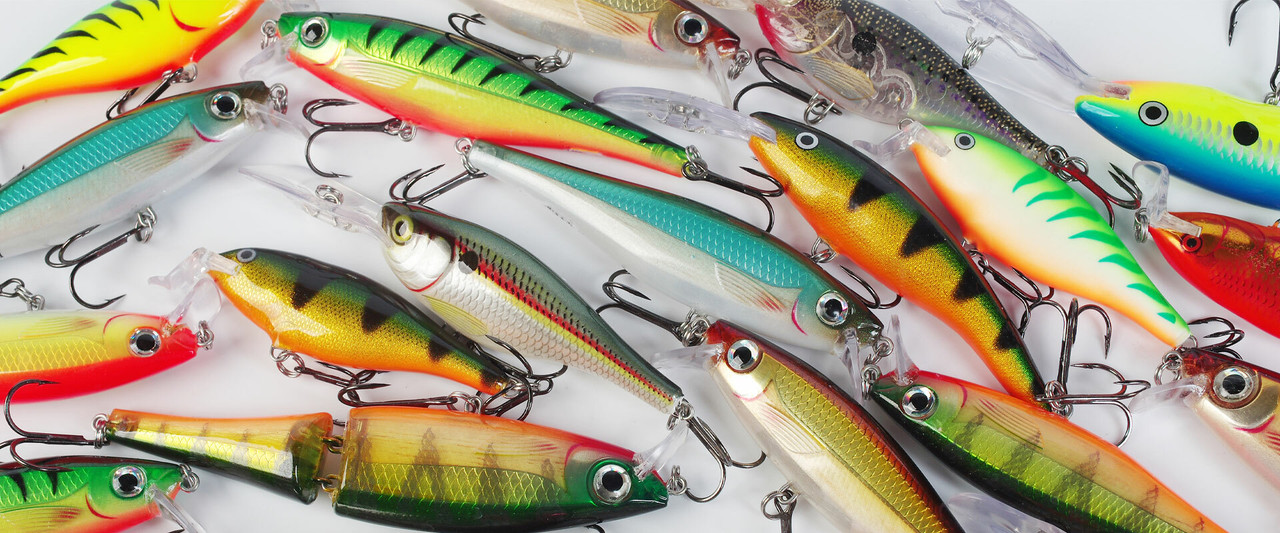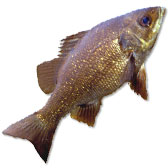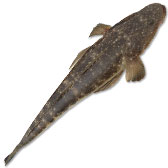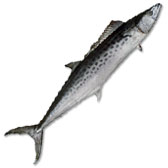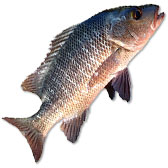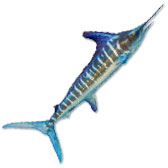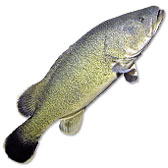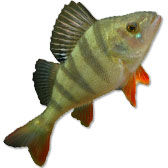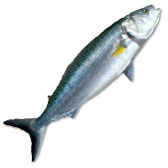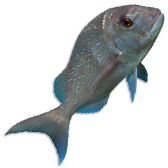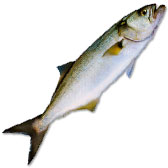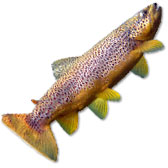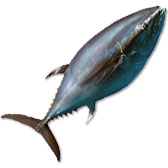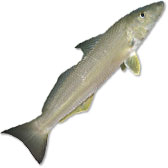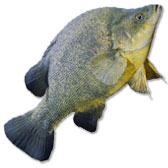Talking about the best lure colours can be, and usually is, a very tricky topic. While there are useful fundamental rules to go along with, often the fish don’t follow them. Adding further complication is that basic rules may vary slightly from location to location and species to species.
You will even find that the same fish species will show attraction to different colours depending on the location. Further to this, a colour that worked brilliantly during one session on a particular species comes up without a touch under the same conditions in the next fishing session.
An excellent reason why you will find dedicated lure anglers have tackle boxes bursting at the seams with colour varieties is due to what we have just discussed above. Pro anglers hedge their bets and make sure several lure options are available on hand. A wise approach. Getting multiple colours of every lure you want to try can get a little pricey. That’s why you should shop online at the fishing tackle shop. Our prices are sharp to help stock up your lure box for less.
What are the primary colour rules for fishing techniques?
On cloudy days, during evening sessions or whenever the light is low, choose darker colours. Deep blues, purples and blacks cast a much more attractive silhouette.
When the water is clear, select a lure that best matches the colour of your target’s prey. If you’re not sure what the fish are chasing, go for translucent colours or try some brighter colours.
If the water colour is very dark or muddied, dark colours according to many anglers seem to work well. When it’s very discoloured go the opposite and try loud fluoro colours if the dark colours aren’t working.
When in doubt, or conditions are not conducive to making an easy choice, go for allrounder colours. Natural tone colours favour for a wide variety of fishing conditions.
When the sun’s out and shining brightly, anything metallic coloured is going to work brilliantly. When the sun bounces off lures like metal slices or holographic eyes, fish find them irresistible.
If you’re fishing at depth – try blues. On the surface with clear water, reds are excellent. It would be best if you remembered that it’s darker colours that will show up best in the broadest range of conditions.
There is far more science to what we have discussed above. Importantly, there are plenty of local nuances that also should take account in your consideration. Another handy tip is that if water clarity is poor, look for lures that have excellent vibration or rattling properties.
All in all, if you follow these basic principles, you’ll be able to choose your lures with confidence.
Remember, if you like a lure, if you’ve had success with it before, make sure you grab a few colours of the same lure so you can deploy it confidently in a variety of conditions.
What is the best fishing lure?
Whether hardbody, soft plastics or metal spinning lures, there’s no questioning about this. If you want to be comprehensively equipped with fishing lures wherever you fish, you must have a variety.
It’s a classic story of many anglers. You’ve cast little diving hardbodies at bass all day yet the previous time you fished the same spot; you cleaned up on a specific lure. Today, not a touch. You then change up to a shad profile paddle tail soft plastic and next thing you know, you’re getting smashed by aggressive bass.
You hit the rocks and cast big poppers for yellowtail kingfish. You can’t understand why you’ve not had a hit; you can see the fish. In desperation, you go old-school and tie on a 70 gram Halco metal slice. You hook up the second cast to a 15kg monster.
Casting the racks for bream, you’ve managed to get a lot of small fish on your small crab lure. You change up to your favourite crank, and you land a 42cm trophy bream.
While there are good rules of thumb for lure fishing, It’s hard to know what will be the best fishing lure as we can can’t say what the fish are thinking. The only way around this is to follow our suggestion and carry a diverse variety of fishing lures. This way you have a far better chance of matching the changeable moods of the fish you’re targeting.
You wouldn’t catch a big game angler heading out to sea without a variety of lures. Sometimes conditions will ensure a skirted lure is a top pick. When the conditions change in the afternoon, only a bibles vibe or large diver may do to trick.
What lures catch what fish?
As there are hundreds of fish species across Australia, we will briefly cover just some of the most popular Australian fish In our what lures catch what fish guide. However, don’t hesitate to contact us if you would like more lure fishing advice on any species we have not covered. Should our angling staff be familiar with the fish species in question, we will do our best to assist and recommend lure options to you.
Flathead: Popular choices include soft plastics, blades and divers often from 30-80mm in size.
Bream: Grub or wriggler tail soft plastics are a wise choice, as are blades or small profile hard body divers to around 50mm in size.
Kingfish: Will take a wide variety of saltwater lures from metal spinners, divers and soft plastics through to hardbody divers, stickbaits and poppers. You can use a variety of size profiles from medium to large lure size.
Snapper: Residing mostly around bays, more in-depth rock platforms and offshore reefs, a few lure styles for snapper include 4-7 inch soft plastic lures in either grub or jerk shad profiles. Light or micro jigs work well as do slow jigs. Medium-large size plastic or metal vibes will often also work quite well when conditions are ideal.
Giant Trevally: Anglers chasing this mighty saltwater beast prepare themselves by purchasing a variety of large stick baits, poppers, vibes and large metal spinners.
Mackerel: Here, we talk tackle theft. Being a toothy fish, we recommend mostly fishing with sturdy hardbodies and metal spinners.
Tuna: There are a few classes of tuna. Longtails will often take divers, poppers, stick baits and metals. Yellowfin and southern bluefin are usually found out wide where trolling skirts, bibless minnows and large divers make the ideal lure choice.
Marlin: It’s hard to go past a traditional skirted lure for black, striped or blue marlin.
Australian Bass: Soft plastics, small divers or poppers often up to 60mm will produce results. Dark or black surface lures are a popular colour option at sunset.
Trout: Celta’s, soft plastic lures, and small minnow style lures are among our best selling lures for trout. We often also sell a variety of flies for the fly angler too.
Murray Cod: As cod vary in size from small creek cod to huge dam cod, its best to arm yourself with a range of small to large lures. Spinnerbaits work well, as do vibes, chatter baits, sizeable profile freshwater divers and surface lures. Cod lures can often vary in size from 50mm through to 300mm swimbaits.
Barramundi: Some of our best lure sellers for barra include gold bombers, classic lures, Jackall lures and a wide range of other divers of around 80mm plus in size. Frog patterns, swimbaits, spinnerbaits and larger sized soft plastic fishing lures also make an excellent pick.
For everything else: At the fishing tackle shop, we have a wide variety of saltwater lures and freshwater lures for sale. We encourage anglers to stock up with diversity, and we price our fishing gear as sharp as we can, offering our best online deals to help take the pain out of your pocket.
Check out our range of fishing lures for sale and see all the options for your target species and fishing applications. A tackle box stocked with diversity gives you a much higher chance of success.
The fishing tackle shop is your one-stop lure shop, whatever you target, wherever you fish. We deliver fishing lures worldwide.
